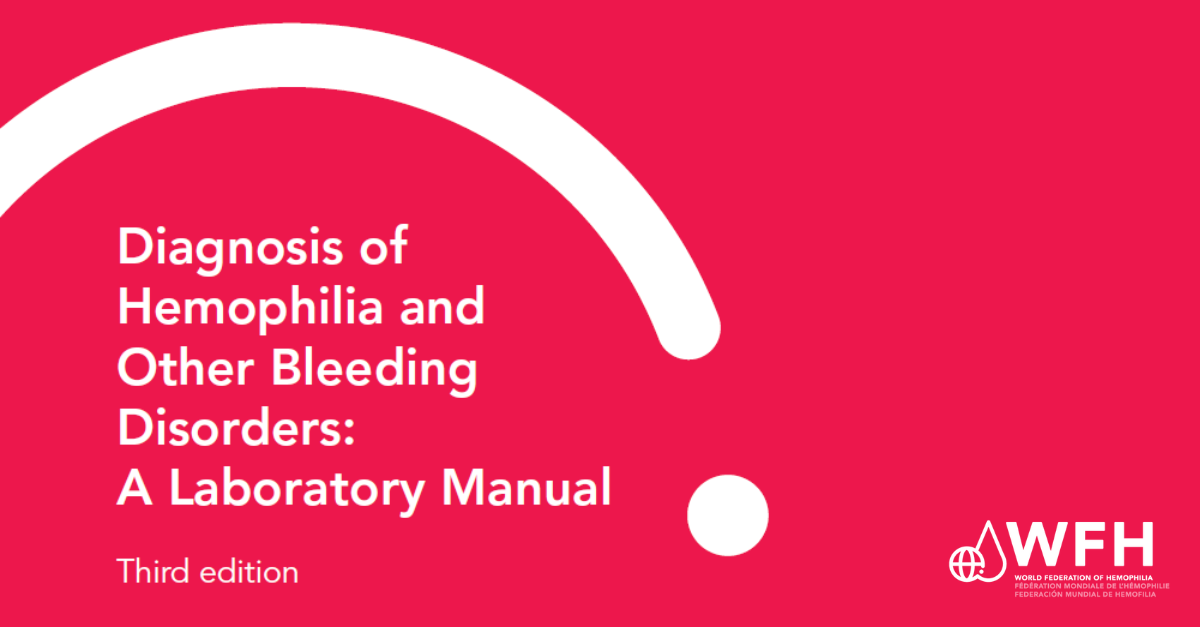
Diagnosis of Hemophilia and Other Bleeding Disorders: A Laboratory Manual
The 3rd edition of the WFH laboratory Manual is the definitive how-to guide for the accurate diagnosis of hemophilia and
Year: 2020
Language: English
This resource is also available in: Arabic French Russian Spanish Simplified Chinese
Author(s): Alok Srivastava et al on behalf of the WFH Guidelines for the Management of Hemophilia panelists and co-authors
The 3rd edition has also been translated into the following languages, with permission from the WFH, by NMOs/Other Organizations: Georgian, Portuguese, Ukrainian
The 2nd edition is available in: Simplified Chinese
The 2nd edition has also been translated into the following languages, with permission from the WFH, by NMOs: Azerbaijani, Polish, Traditional Chinese
For additional resources, such as key messages, short narrated videos, slide sets and easy to read documents based on the WFH Treatment Guidelines (TG), check out the TG Resource Hub!
Explore the individual chapters and related materials of the 3rd edition of the WFH Guidelines for the Management of Hemophilia.
Chapter 2: Comprehensive Care of Hemophilia
| Narrated video | Key Messages for Health Care Professionals |
| Recommendations | Key Messages for People with Hemophilia |
Chapter 3: Laboratory Diagnosis and Monitoring
| Narrated video | Key Messages for Health Care Professionals |
| Recommendations | Key Messages for People with Hemophilia |
| Narrated video | Key Messages for Health Care Professionals |
| Recommendations | Key Messages for People with Hemophilia |
| Narrated video | Key Messages for Health Care Professionals |
| Recommendations | Key Messages for People with Hemophilia |
Chapter 6: Prophylaxis in Hemophilia
| Narrated video | Key Messages for Health Care Professionals |
| Recommendations | Key Messages for People with Hemophilia |
Chapter 7: Treatment of Specific Hemorrhages
| Narrated video | Key Messages for Health Care Professionals |
| Recommendations | Key Messages for People with Hemophilia |
| Quick Reference Guide – Treatment | Quick Reference Guide – Extended Half-Life |
Chapter 8: Inhibitors to Clotting Factor
| Narrated video | Key Messages for Health Care Professionals |
| Recommendations | Key Messages for People with Hemophilia |
Chapter 9: Specific Management Issues
| Narrated video | Key Messages for Health Care Professionals |
| Recommendations | Key Messages for People with Hemophilia |
Chapter 10: Musculoskeletal Complications
| Narrated video | Key Messages for Health Care Professionals |
| Recommendations | Key Messages for People with Hemophilia |
Chapter 11: Outcome Assessment
| Narrated video | Key Messages for Health Care Professionals |
| Recommendations | Key Messages for People with Hemophilia |
This third edition of the WFH Guidelines for the Management of Hemophilia has been endorsed by the Asian-Pacific Society on Thrombosis and Hemostasis, European Haemophilia Consortium, and National Hemophilia Foundation (USA).
Read the editorial on the guidelines, by Cedric Hermans and Mike Makris, in Haemophilia entitled: ‘Haemophilia Guidelines for All’: A new ambition for the World Federation of Hemophilia (WFH).
Explore the 6 sections of the 2nd edition of the WFH Guidelines for the Management of Hemophilia in 6 dynamic illustrated eLearning modules in English, Spanish, and French!
Each module consists of the text of one section of the WFH Guidelines for the Management of Hemophilia, brought to life with detailed colour illustrations, interactive features, a glossary of terms, and linked resources for further reading. There are even quizzes, and progress checks so that you can evaluate whether you have fully understood the content. You can work through an entire module or look up sections of particular interest in the table of contents. These eLearning modules render the complex and important information in the WFH Guidelines for the Management of Hemophilia accessible to everyone.

The 3rd edition of the WFH laboratory Manual is the definitive how-to guide for the accurate diagnosis of hemophilia and
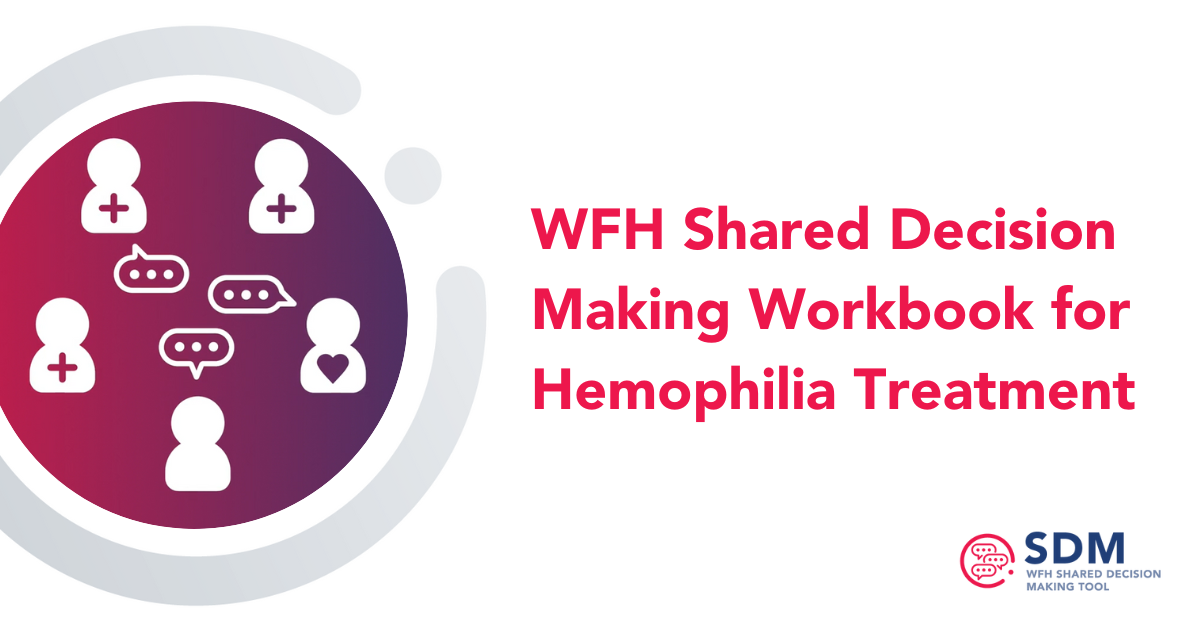
The WFH Shared Decision Making (SDM) Workbook is for people with hemophilia A or B and their healthcare team. It
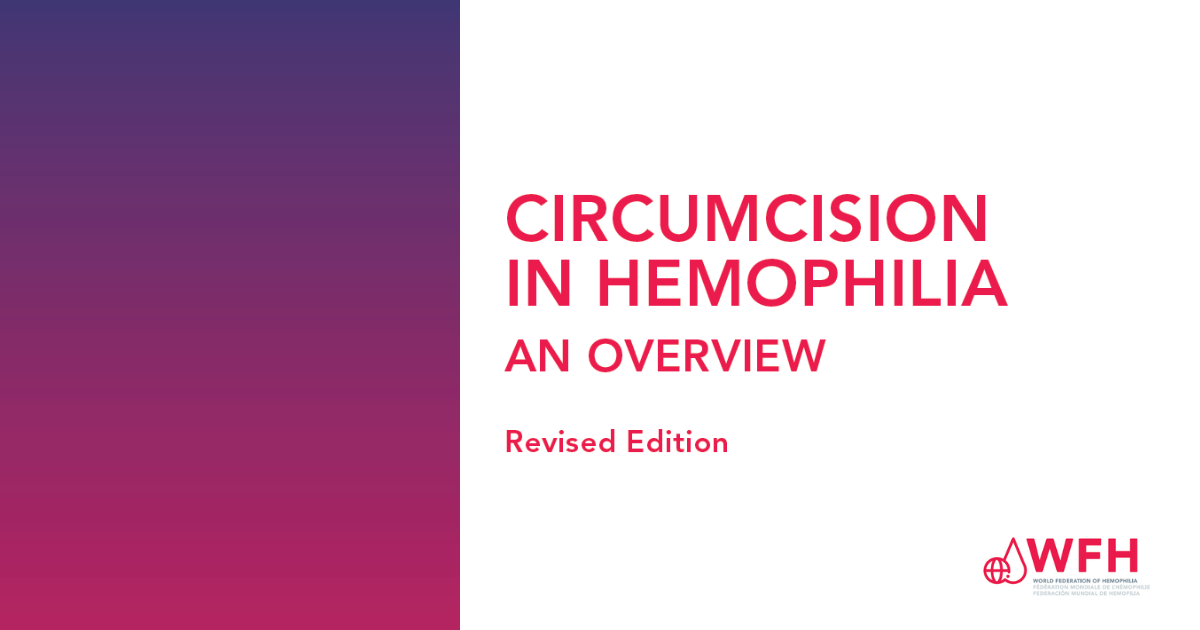
This paper provides an overview of the Turkish method for circumcision in people with hemophilia, as well as appendices of
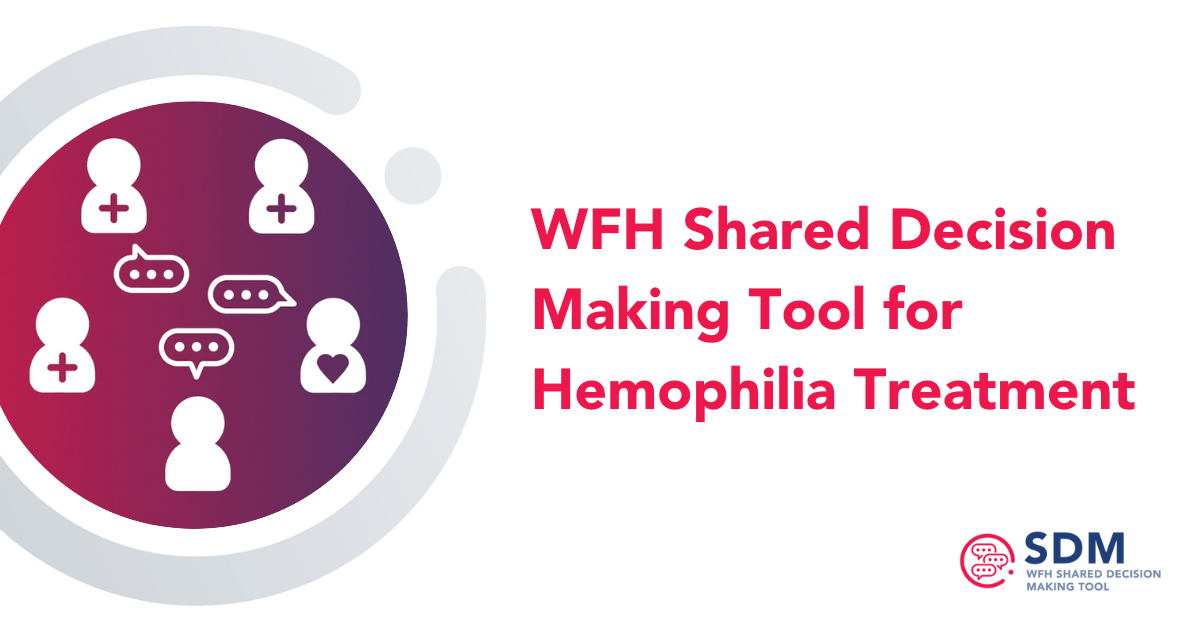
The WFH Shared Decision Making (SDM) Tool is an interactive decision-support system designed to facilitate discussions regarding treatment options between
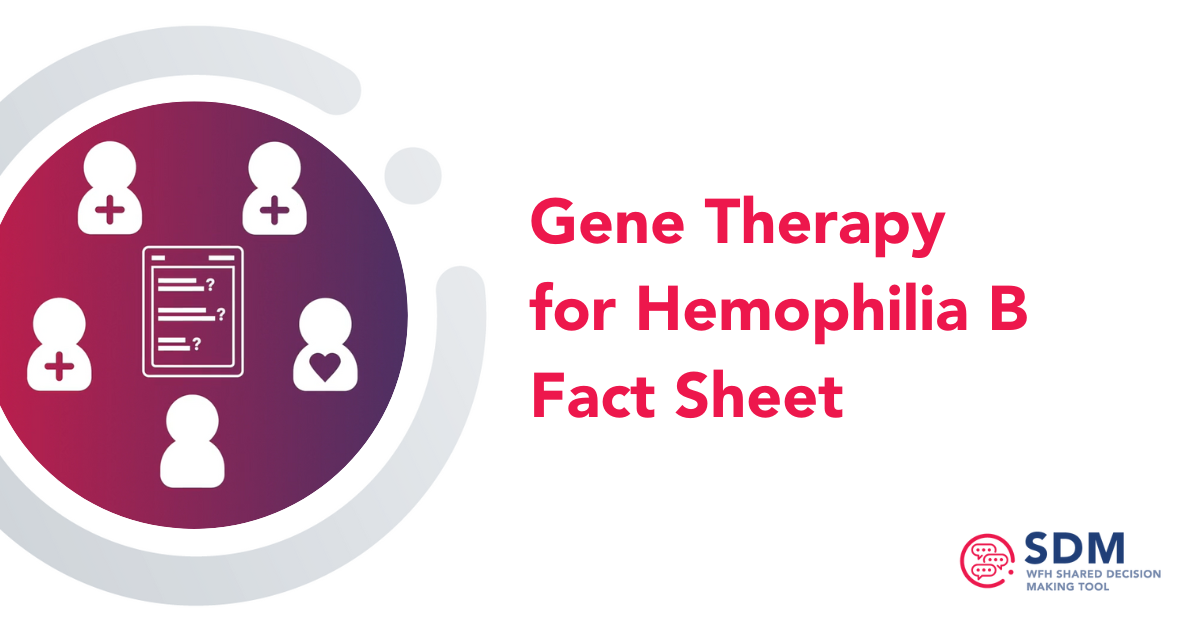
This fact sheet contains commonly asked questions and more information on gene therapy for hemophilia B. Learn more about different

This video gives a quick introduction to hemostatic rebalancing therapy. Learn more about different treatment options for hemophilia with the